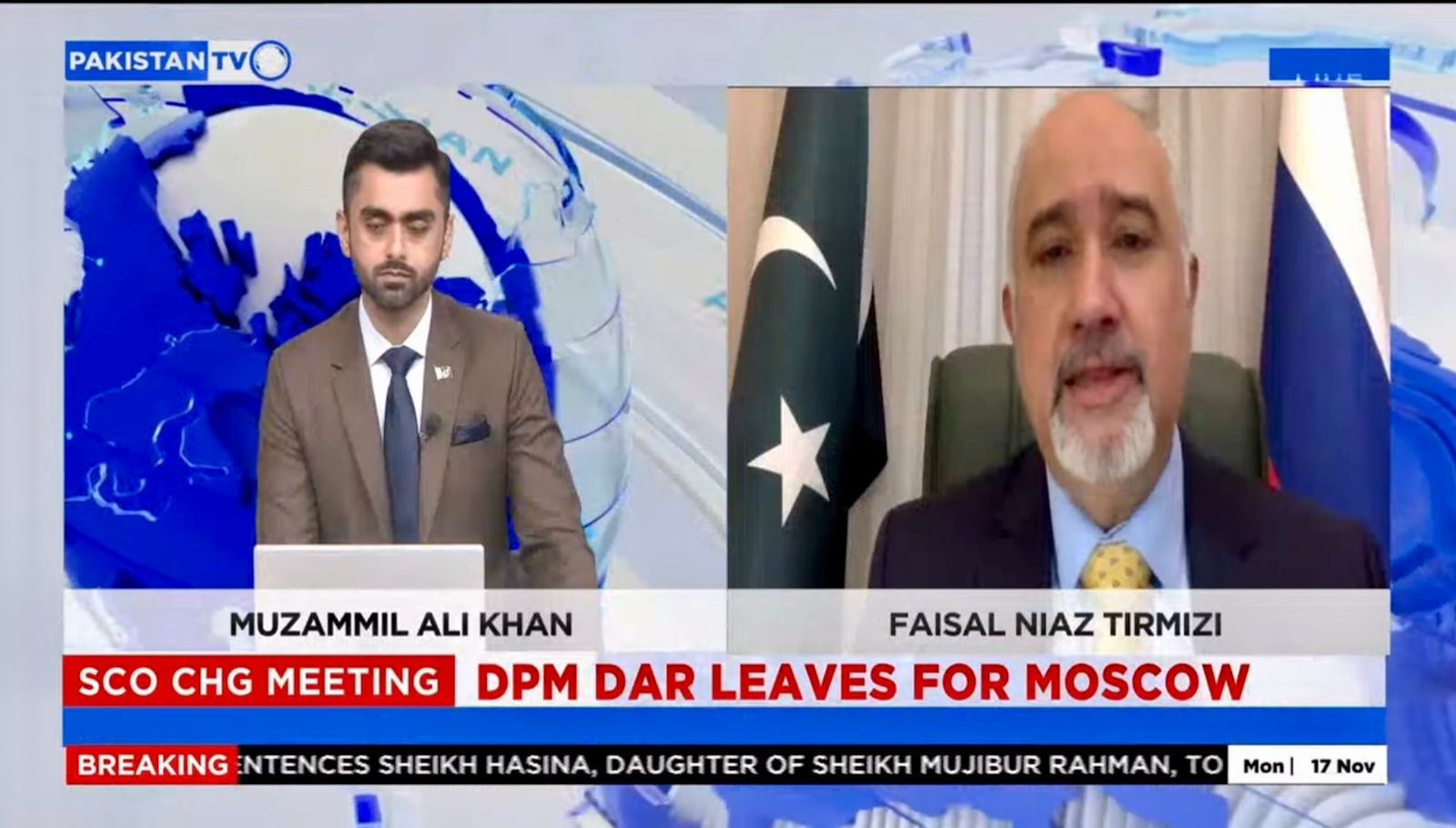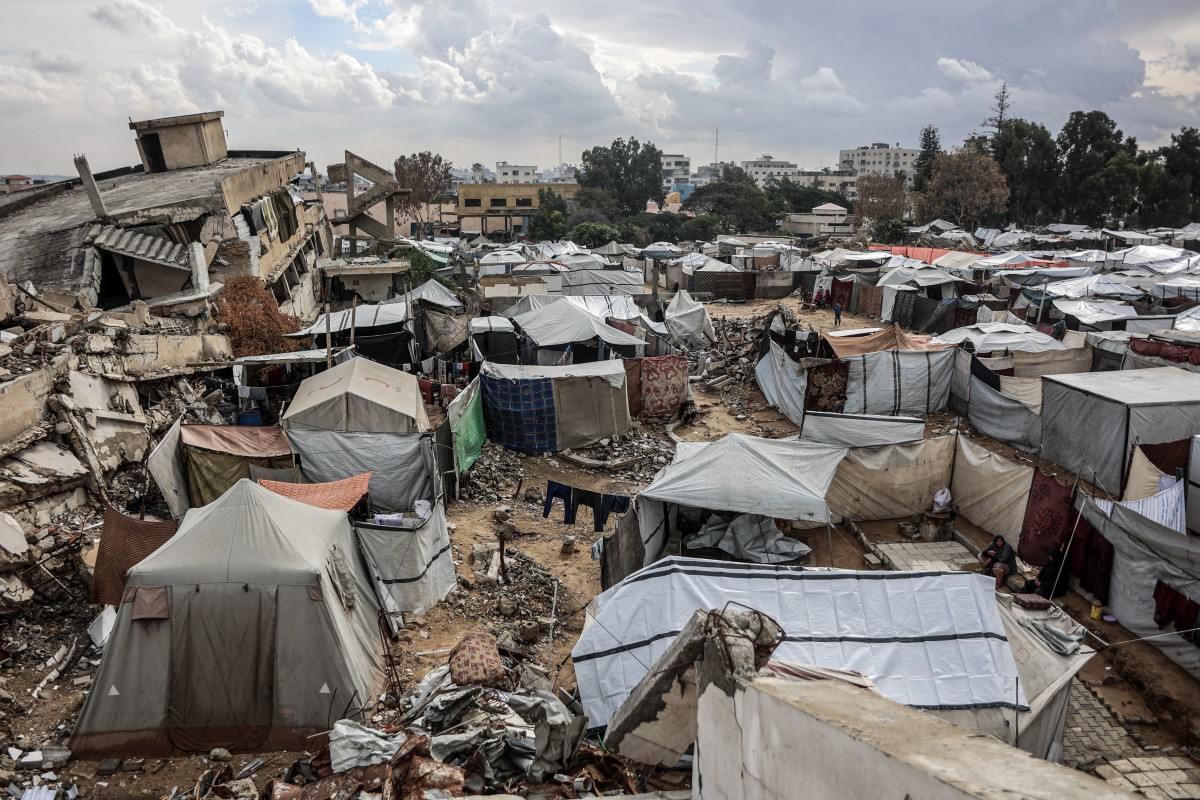Cadets defy terrorists as Pakistan thwarts major attack near Afghan border
WANA: The ruins of Cadet College Wana still smell of dust and explosives.
Seeing a school reduced to rubble is always a painful sight. But seeing an institution painstakingly built in a tribal region that fought for years to reclaim its right to education makes the devastation feel even heavier.
Amid shattered glass, blood stains, and walls pocked with bullets at Cadet College Wana, one thought offered relief: all 535 students and staff survived a coordinated terrorist assault on November 10. An outcome made possible by a swift three-phase operation by the Pakistan Army.
The attack also reopened old wounds. For many, the chaos of the night evoked memories of the December 16, 2014 Army Public School Peshawar massacre, when seven Tehreek-e-Taliban Pakistan [TTP] militants stormed the school and killed 150 people, including 134 children. The specter of that tragedy loomed heavily over Wana.
College built to heal region
Founded in 2011, Cadet College Wana was envisioned as a pathway out of conflict for South Waziristan’s youth. Since then, 645 students have graduated, more than half becoming engineers, doctors, civil servants, or officers in Pakistan’s armed forces.
“These kids are our pride,” Principal Usman said during a briefing. “They’ve won international competitions, seven gold medalists, one civil award holder. Yet on November 10, terrorists tried to attack these same children. The same Afghan khawarij who claim Pathans are their brothers came to kill the children of those very Pathans.”
His voice trembled, not with fear, but disbelief at the cruelty that came for his students.
Night of the attack
The violence at the college entrance speaks for itself: a four-foot-wide crater gouges the ground where a vehicle carrying 500–600 kilograms of explosives rammed the gate. The iron gate was blown dozens of meters away. Watch posts on both sides collapsed instantly. The remains of the terrorists’ vehicle lie twisted and charred, evidence of a plan meant for mass casualties.
Beyond the gate, the auditorium dedicated to Abdul Wali Wazir Shaheed, a former cadet who embraced martyrdom while leading an anti-terror operation in 2022, now lies in ruins. Its destruction felt deeply symbolic to many on campus.
Inside the administrative block, the terrorists’ entry point, bullet holes stitch the walls. Blood from the three civilian staff targeted by the attackers stains the staircase. Boots and slippers lie abandoned on the rooftop. The devastation stretches across the campus; even distant structures bear scars from the explosion.
‘We kept the cadets safe’
Walking through the destroyed building, Colonel Muhammad Tahir recounted the sequence of events:
“They hit the car at the gate and entered. Five khawarij came toward the main building. They wanted to reach the hostels… because that’s where the innocent cadets were. But we quashed their plans. We contained them here and kept the cadets safe there.”
He said the terrorists carried sophisticated weapons and maintained communication with handlers in Afghanistan. A blood-stained bandana reading “Special Istikhadiis Force – Tehreek-e-Taliban Pakistan” was recovered. In the lawn outside, investigators found the severed foot of one suicide bomber.
“These were istikhadiis. Do or die,” he said.
Three-phase operation
The Army’s response unfolded in three phases: containment, evacuation, and elimination.
Containment was swift. Snipers and Quick Response Force units surrounded the militants within minutes of the initial blast.
The evacuation, however, was slower and far more delicate. With hostels exposed to the militants’ line of sight, soldiers improvised a back-route escape, breaking windows and using ladders to lower students from upper floors.
“We created a firewall between the enemy and the children,” said Colonel Shahid Masood, who led the evacuation. “We moved building to building, room to room. The instruction from the Army Chief was clear: not a single child should be harmed.”
The process lasted nearly six hours. Some cadets were moved under tarpaulins, others in armoured vehicles through improvised exits. By late afternoon, all had been accounted for.
Only then did the final phase begin. Snipers killed the attackers as they attempted to flee the administrative block.
“We not only killed them,” Colonel Tahir said. “We killed their intent.”
Inside the storerooms
The students’ accounts reveal the fear, but also the unwavering composure, that defined the night.
“We were doing drill rehearsal when the blast happened,” said 18-year-old Cadet Abdullah. “We ran to our houses and waited two hours until the Army arrived. They stood like walls for us. We were in a storeroom for 25 hours with no food or water.”
Another student, Binyamin Ahmed, recalled 23 boys crammed into a room meant for five.
“Our principal rescued us from the back door. We are proud of our army.”
English lecturer Anamullah Khan said the cadets “showed bravery beyond their years” even as explosions shook the campus.
South Waziristan has endured years of conflict, mass displacement, and repeated attacks on schools. Cadet College Wana, established in 2011, was meant to symbolize a turning point. A place to rebuild futures after years of militancy.
Its principal, standing amid the rubble of his office, insisted the mission will continue.
“My staff, my cadets, all of them showed courage,” said Principal Usman. “This college will not close. Not yesterday, not today, not tomorrow.”
A local elder put it more simply: “They attacked this place because it is our children’s future.”
The attack comes as Pakistan faces a renewed wave of violence, growing political uncertainty, and strained relations with Kabul. But in Wana, amid collapsed roofs and broken walls, the most enduring image remains the students, many hungry, exhausted and cold after nearly 19 hours in hiding, stepping out smiling.
In a region long held hostage by militancy, their survival felt like an act of defiance.
Latest News
Pakistan cuts public debt by $4.8 billion in largest 6-year drop
12 MINUTES AGO

Pakistan in regular contact with Russia as Moscow offered to mediate with Afghan Taliban: envoy
37 MINUTES AGO

Haaland leads Norway past Italy to reach first World Cup since 1998
2 HOURS AGO
.jpg)
Nigeria coach blames 'voodoo' after World Cup hopes crushed
2 HOURS AGO

South Africa says 'suspicious' flights from Israel an 'agenda to cleanse Palestinians'
2 HOURS AGO

